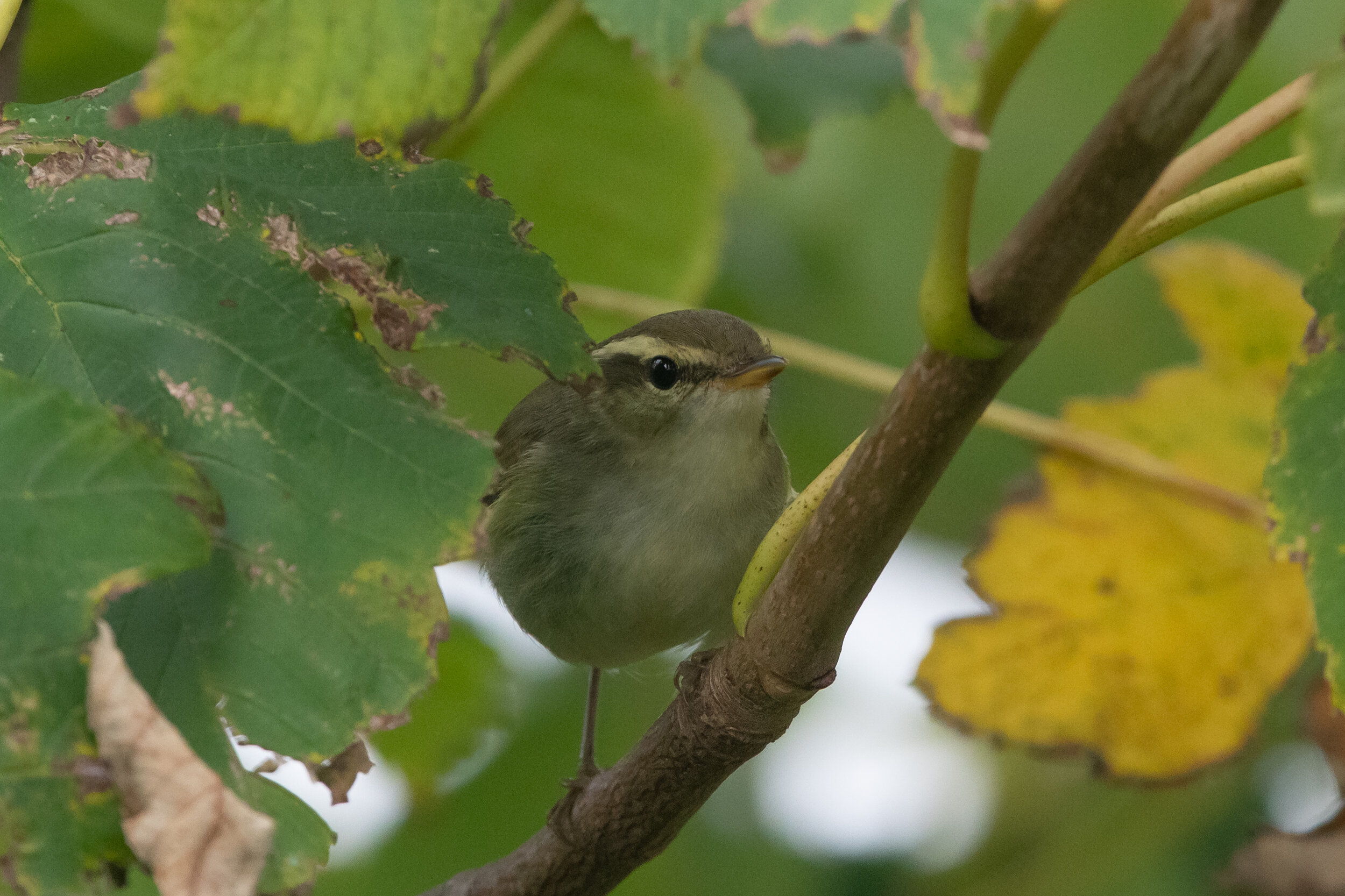Well, it’s been an interesting weekend.
Saturday dawned bright and breezy with a wind from the west so anyone could be forgiven for thinking that it wasn’t to be a classic birding day, and it wasn’t up until around 3pm.
News of a red-breasted flycatcher at Flamborough stirred some minor interest for me, if it had been a male in its finery I might have thought about going. In other news there was a report of a yellow browed warbler and some bearded tits at Spurn. All was well and I was content in the knowledge that my planned fishing trip for the Sunday was not in danger of being overshadowed by any dramatic bird news.
Late afternoon and all of that changed. The red breasted flycatcher had been re-identified as a Taiga Flycatcher and only the 5th for Britain. The yellow browed warbler had been re-identified as a 2 Barred Greenish Warbler- a first for Spurn and only the 8th for Britain.
I could only hope that at least one stayed a second night so I could go out to see it on Monday (given that I am half way through a 2 week holiday).
Well the Taiga Flycatcher predictably disappeared overnight but the 2 barred warbler stayed on at Spurn and thankfully was present again this morning.
At first it was viewable from the roadside next to canal hedge. It then moved into the Canal Bushes and regularly completed a wide ranging circuit giving the assembled crowd some decent views, albeit sometimes fleeting.
The Two Barred Greenish Warbler is a very rare Autumn vagrant in Europe. It normally breeds in Central and Eastern Siberian taiga. If this is accepted it will be the 400th bird species recorded in the Spurn area, I feel privileged to have been able to see it and photograph it.
There was a movement of redwings overhead as the rain started as well as a few goldcrests which showed at least some signs of migration.



















































































